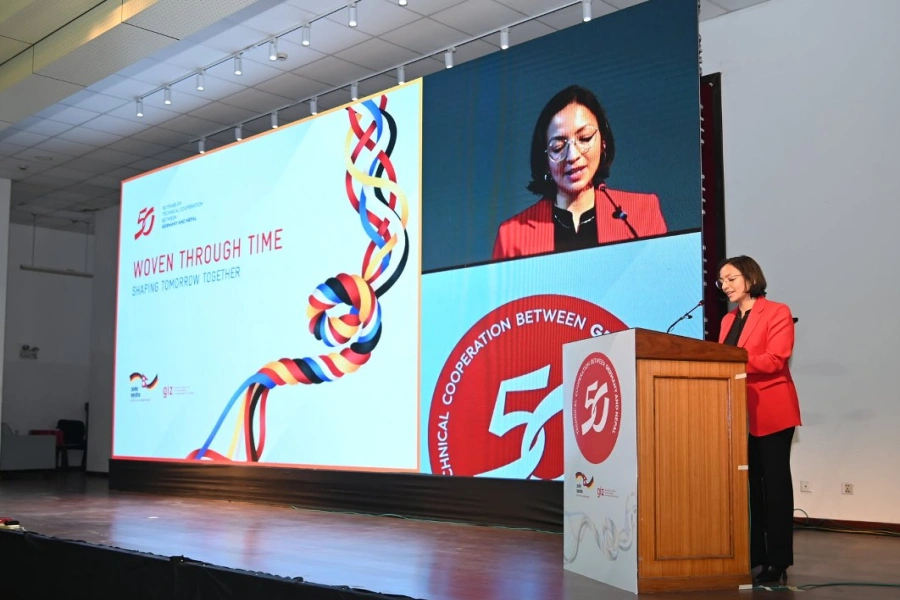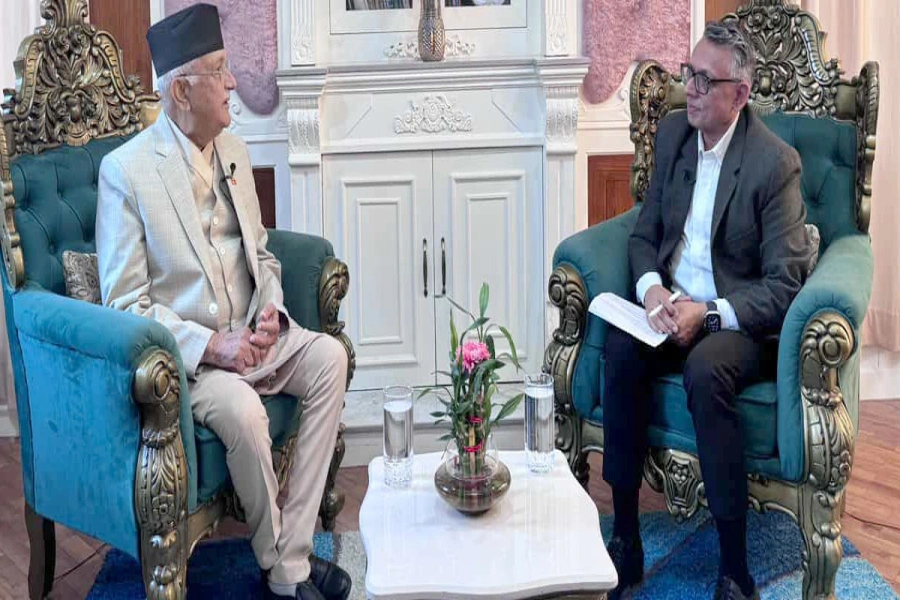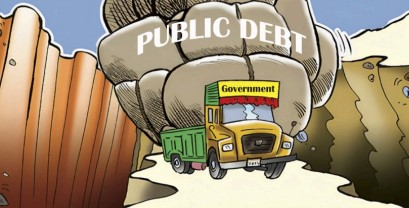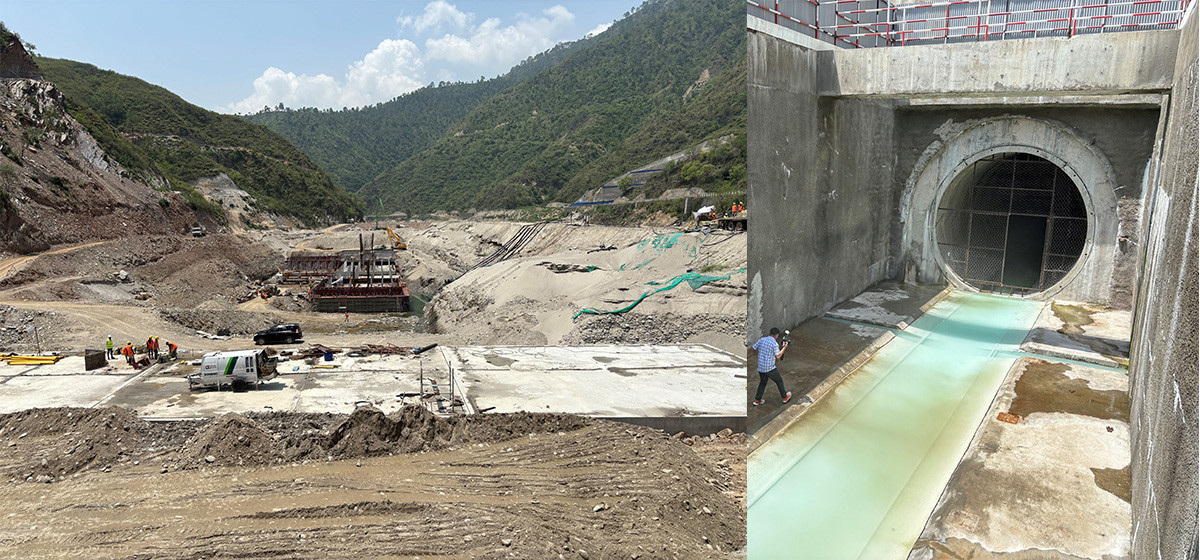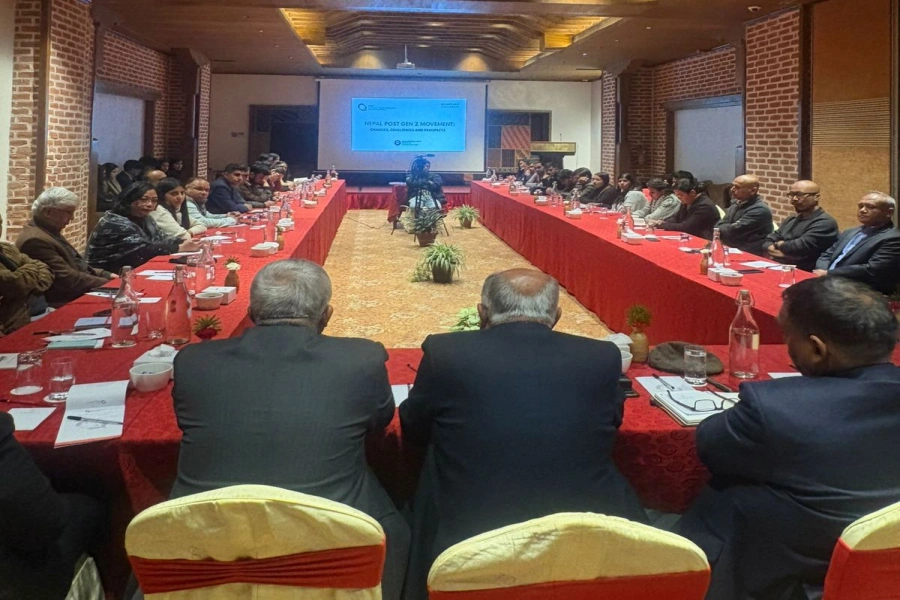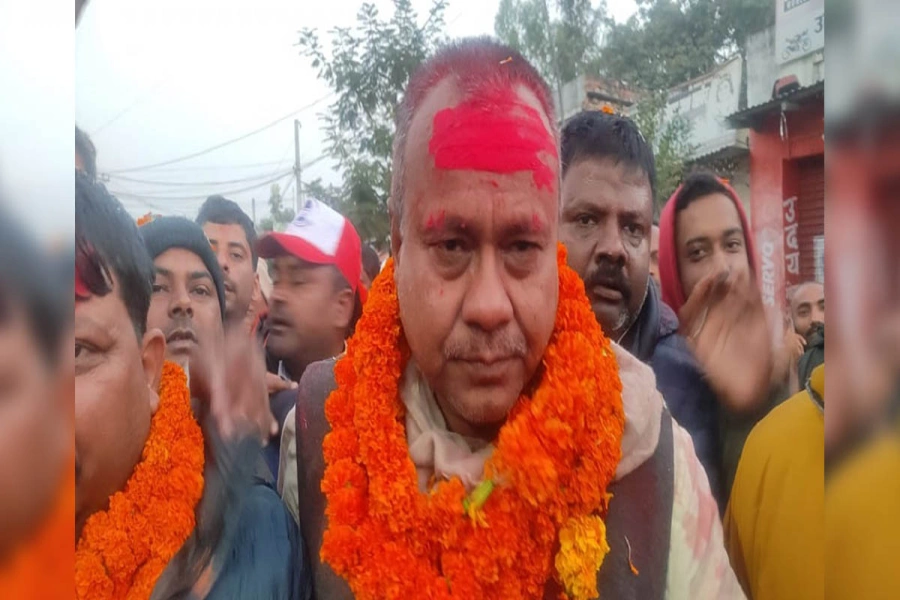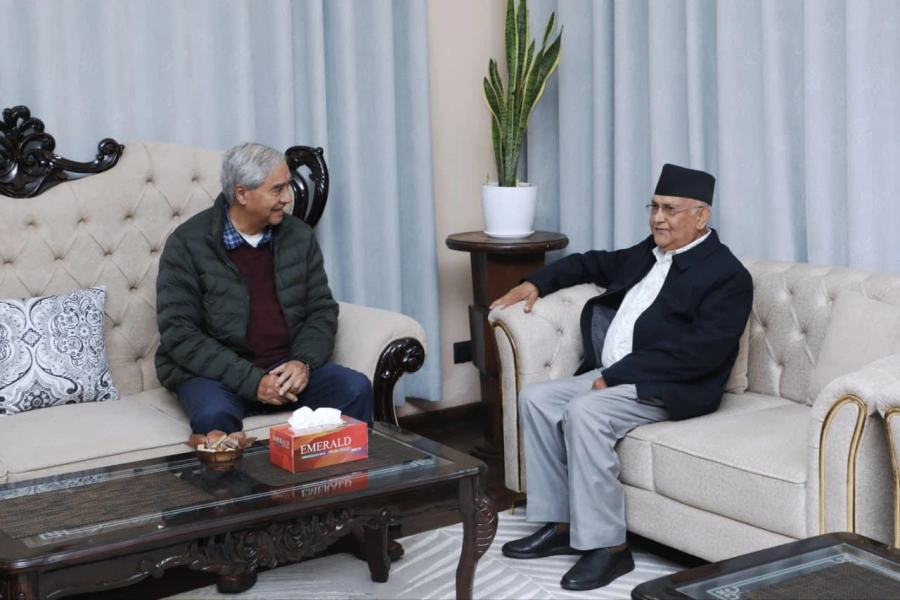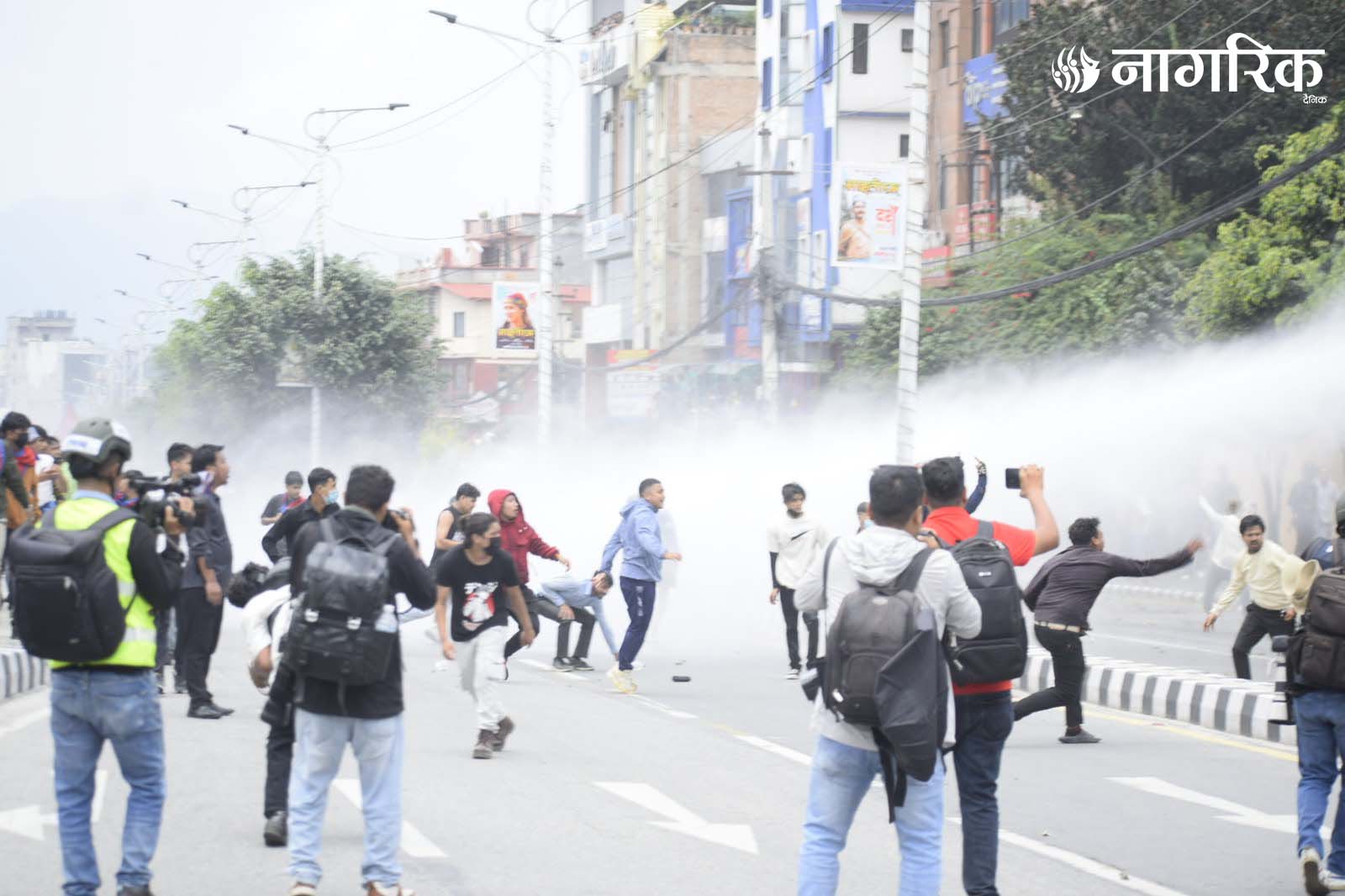Nepal has long been a country of great potential. Yet our economy has underperformed. We are trapped in low-growth cycles, political instability and the paralyzing grip of bureaucracy. For decades, our pursuit for double-digit economic growth has been confined to rhetoric, panel conversations and op eds, including this one perhaps.
Status Quo
It is quite clear that the status quo cannot deliver transformational growth. It is also a fact that reforming the economic machinery spanning politics, bureaucracy, and an uninspired private sector has proven elusive. Despite decades of donor-funded capacity building and waves of administrative restructuring, the system remains fraught with inefficiency, patronage and inertia.
In order for Nepal to achieve double-digit growth, a shift in our development model is required: one that is rooted in bold leadership, institutional agility, the courage to break from convention and a stomach for big initiatives. Instead of spreading our thin resources in endlessly trying to reform every cog in the bureaucratic machine, it is time to boldly reimagine our development model by creating an empowered, clean, and well-governed ecosystem that can move fast, attract investment, and lead by example.
Need for Audacity
Nepal doesn’t need to re-invent everything overnight. It just needs to get one thing right, with focus and integrity. We need audacity and leadership that is both visionary and execution-driven. A double-digit growth rate is within reach not as a fantasy, but as a deliberate national choice.
Here is one possible approach: build a parallel, high-performance ecosystem that is a “clean zone” of governance and enterprise that can act as Nepal’s economic engine. This essentially means creating a Virtual Autonomous Economic Region (VAER). It is not a physical special economic zone bound by fences, but a governance-led transformation zone where clean administration, technological sophistication, and investor-friendly rules converge.
PM Oli says government poised for double-digit economic growth

The Blueprint
To make this happen, we must set up a crack team of empowered executives drawn from a mix of competent civil servants, technocrats, diaspora, and private sector leaders working under a clear results framework, reporting directly to the Prime Minister. This team would function as the strategic command of the VAER, managing policy execution, regulatory certainty, and fast-track clearances.
Such an apparatus requires a strong legal and institutional mandate to insulate this zone from political interference, bureaucratic sabotage, and the revolving-door nature of Nepali governance. And of course the Prime Minister must personally demonstrate resolve, transparency, and integrity. These are non-negotiable pre-requisites. Yet, this is also where optimism collides with history. The political culture in Nepal has seldom rewarded integrity or strategic vision. The public has little reason to believe such leadership is around the corner. But given the peaking public frustration, the current musical chair of leaders better think fast or face extinction.
Nepal’s VAER can be built around next-generation sectors, starting with digital infrastructure, potential of which is well-documented. There is a strong interest amongst investors in data centers, AI cloud infrastructure, and digital services outsourcing, given our cooler climate, green energy, and improving connectivity. Unlike traditional manufacturing, these sectors don’t need highways and ports. They need electricity, bandwidth, and predictability. The VAER should attract and nurture a new breed of entrepreneurs who are tech-driven, globally exposed, impact-conscious. Startups, clean energy ventures, AI developers, agri-tech disruptors etc, must find in the VAER a platform to thrive without facing daily harassment, extortion, or policy whiplash.
For investors to commit capital, regulatory credibility is critical. This means designing a ring-fenced legal environment with clear rules, enforceable contracts, fast-track dispute resolution, and a tax and incentives regime co-designed with businesses. Most importantly, these guarantees must survive changes in government or political mood.
The private sector too must rise to the occasion. For too long, Nepali business has grown behind tariff walls, patronage, and rent-seeking.
What Can We Lose
Here’s the paradox: while institutional reform across the entire system seems distant, building a new governance island within the state is also hard but not impossible. Compared to transforming every ministry and an entrenched bureaucracy, it should be more achievable to create one high-performance zone and let it serve as a national proof of concept.
Clearly, this is not about abandoning the rest of the economy or giving up on reform. Rather, it is about proving what is possible. A successful VAER built on clean governance and clear outcomes can eventually become the model that pulls the rest of the system forward. Like a clean fish tank filter, it shows what happens when the water is clear and oxygen flows freely.
Bhutan, our tiny neighbour, has embarked on its own version of such a transformation through the Gelephu Mindfulness City (GMC). A spiritual smart city with economic ambition, Bhutan’s GMC aims to attract global interest and capital through a blend of good governance, innovation, and cultural rootedness. If a landlocked Himalayan kingdom with an economy 15 times smaller than ours can dream at this scale, why not us?
Geo-politics
But Nepal does not operate in a vacuum. We must secure the comfort of our geo-political neighbours and key global influencers in order to build a strategic economic zone that can attract decent global interest. This is not about choosing sides. It is about articulating a model of development that is inclusive, transparent, and aligned with shared prosperity. It is quite clear that there is an untapped pool of highly accomplished patriotic Nepalis who are knowledgeable, competent, and articulate in managing our geo-politics significantly better than what we have seen so far.
Utopia
Skeptics will ask: is this another utopian idea? Maybe. But vision precedes execution. Every transformational success, from Singapore to Rwanda, began with a deliberate break from conventional thinking. And even if we fail, the process of building a VAER can inject vital lessons and capabilities into the broader system. More importantly, it will offer hope. At a time when youth are leaving the country in droves, when public trust in governance is at a historic low, and when the economy is shackled by indecision and mediocrity, a bold initiative can reset the national mood. It can show that the state is still capable of imagination, discipline, and delivery.
Let the skeptics laugh. Let the system resist. Let the doers begin.
(The author is a former banker, a private equity investor and ecosystem builder based in Kathmandu.)



